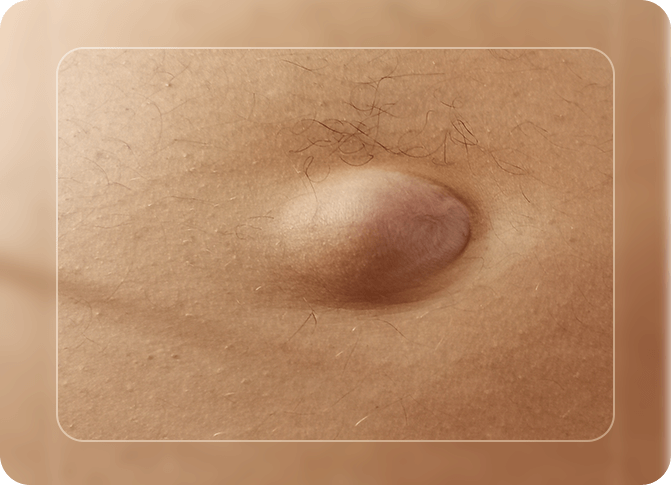What Is a Paraumbilical Hernia?
A hernia that develops near the belly button or the umbilicus is called a paraumbilical or umbilical hernia. Typically, in infants, the navel or belly button defect tends to close off soon after the baby is delivered. But, in the case of an umbilical hernia, the abdominal muscles fail to completely join together and the tissues and intestines surrounding the navel bulge through the weak spot near the umbilicus. This means, an umbilical hernia mainly occurs when the opening in the abdominal muscles fails to completely close.
Generally, an umbilical hernia does not cause any discomfort and is painless. While it may be large, the lump resolves without necessitating any hernia treatment as a child ages to 2 (or 3) years. However, if the umbilical hernia persists at age 4, it may require surgery.







